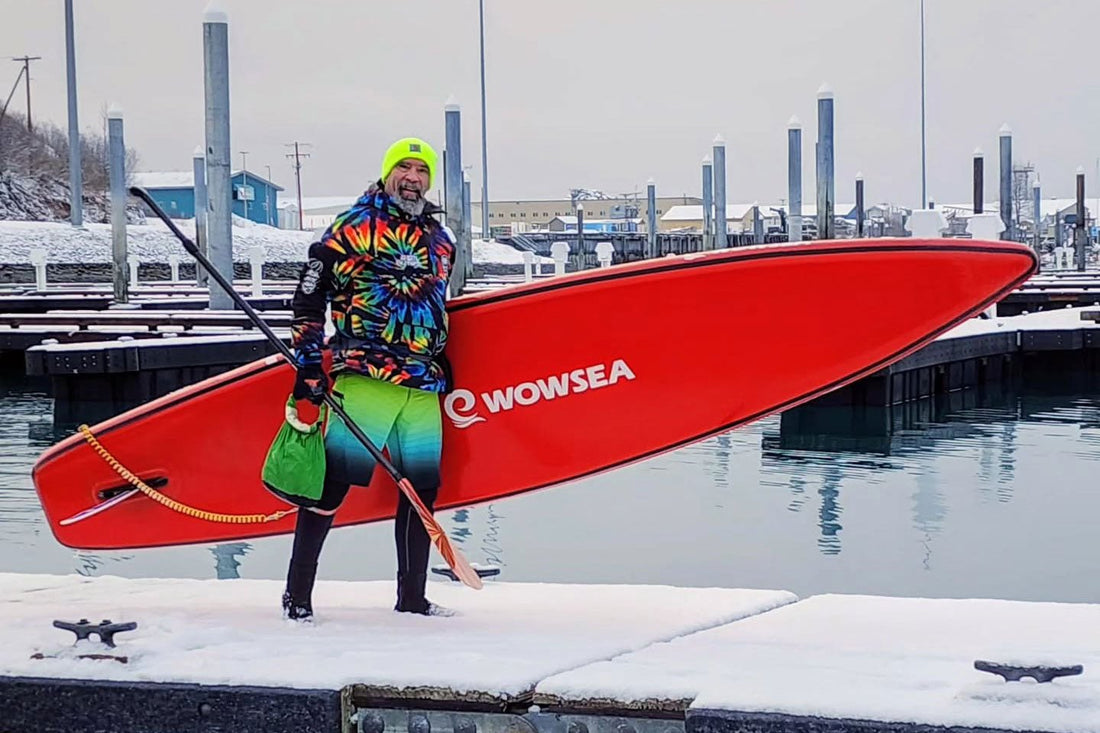
Tips for Keeping and Using Inflatable Paddle Boards in Winter
Winter paddle boarding is an exciting and unique way to stay active during the chilly months while soaking in the beauty of winter scenery. With the right preparation, maintenance, and safety precautions, you can enjoy paddle boarding all season long.
Part 1: Preparing for winter
1. Check the equipment
Appearance inspection
Before each winter season kicks off, it’s important to give your inflatable paddle board a thorough inspection. Here’s what to look for:
Scratches and Cracks: Examine the surface closely for any visible issues. Scratches and cracks can lead to leaks or affect your paddle board’s performance. If you notice small scratches, you can repair them using a specialized repair kit.
Wear and Tear: Check the edges and bottom of the board for signs of wear, as these areas tend to be more vulnerable to damage.
If you discover any significant problems, it’s best to reach out to the manufacturer or a professional repair technician for a proper evaluation and repair.
Valve inspection
Valves play a crucial role in maintaining the air pressure in your paddle board, so it’s essential to ensure they are functioning properly. Here are the steps to follow:
Function Test: Open the valve and check that it opens and closes smoothly. When closing, confirm that there are no air leaks.
Clean the Valve: Use a damp cloth to gently wipe around the valve, removing any dust and debris. This will help ensure a good seal.
Accessories Inspection
In addition to checking the paddle board itself, it’s important to inspect all accessories as well, including:
Paddles: Examine the paddle shaft for any cracks or bends, and ensure that the blades are intact.
Backpacks: Verify that the backpack is free from damage and that the zippers and straps are functioning properly for convenient transportation.
Repair Tools: Ensure that your repair tools are complete, including glue, patches, and any other necessary items in case of an emergency.

2. Cleaning and maintenance
Cleaning process
After each use, it’s essential to thoroughly clean your inflatable stand-up paddle board (iSUP). This not only helps extend the life of the board but also enhances your experience during your next outing. Follow these cleaning steps:
Prepare Cleaning Solution: Use a mixture of warm water and mild soap.
Wipe the Surface: Gently wipe the entire surface of the board with a sponge or soft cloth, paying special attention to the edges and seams where dirt may accumulate.
Rinse Thoroughly: Rinse the board well with clean water to ensure that no soap residues remain, as these can affect the quality of the material.
Special Care for Saltwater Users: If you’ve used the board in saltwater, it is particularly important to flush it thoroughly with fresh water to prevent salt from corroding the material.
By following these steps, you'll help maintain the quality and longevity of your paddle board.
Drying process
After cleaning your inflatable paddle board, follow these steps for effective drying:
Choose the Right Location: Place the board in a cool and well-ventilated area to facilitate the drying process.
Avoid Direct Sunlight: Make sure to keep the board out of direct sunlight, as ultraviolet rays can accelerate the aging of the material.
Complete Drying: Ensure that the board is completely dry before folding or storing it. This step is crucial to prevent the growth of mold.
By adhering to this drying process, you will help maintain the integrity and longevity of your inflatable paddle board.
3. Storage conditions
Storage location selection
Selecting an appropriate storage location for your inflatable paddle board is essential for its longevity and condition. Here are some recommendations:
Indoors: Ideally, store your iSUP indoors in a garage, storage room, or other dry areas of your home. This helps protect it from environmental factors.
Outdoor Storage Precautions: If you must store the board outdoors, take additional protective measures:
Use a Waterproof Cover: Cover your iSUP with a waterproof cover to shield it from rain, snow, and other moisture. The WOWSEA SUP backpack offers a level of waterproof protection, which helps safeguard your board from moisture and the elements.
Elevate Storage: Place the board in a high location, avoiding direct contact with the ground to prevent moisture absorption.
By following these guidelines for storage, you can help ensure that your inflatable paddle board remains in excellent condition for future use.
Avoid extreme temperatures
Steer clear of extreme temperatures, as they can impact the performance of the materials in your inflatable paddle board. For instance, avoid storing your iSUP in an unheated garage, as the cold can make the material brittle. Additionally, keep it away from heat sources like radiators, since excessive heat can also damage the material.
4. Special precautions when not in use for a long time
If you don’t plan on using your inflatable paddle board for a while (like over the winter), here are some tips to keep your gear in good shape:
Clean and Dry Completely: As mentioned earlier, make sure to thoroughly clean and dry the board before putting it away.
Proper Folding: Follow the manufacturer’s guidelines for folding the iSUP correctly to prevent any permanent creases.
Regularly Check Storage Conditions: Even if you’re not using the board often, it’s important to regularly check the storage area for moisture and look for any signs of damage.
5. Keep records
Keeping a maintenance log for your inflatable paddle board is a smart practice. This should include inspection results after each use, dates of cleaning, and any repairs made. Not only will this help you monitor the condition of your equipment, but it will also serve as a valuable reference for future purchases of new gear. By staying organized, you can ensure your paddle board remains in top shape and make informed decisions down the line.

Part 2: Winter usage tips
1. Dress appropriately
Warm clothing
When it’s cold outside, picking the right clothing is essential. Here are some suggestions:
Thermal Underwear: Opt for thermal underwear made from quick-drying materials to keep you warm and help manage moisture.
Wetsuit or Drysuit: Choose a wetsuit (generally 3/2mm or 4/3mm) or a drysuit with the right thickness based on the water temperature. While a drysuit offers better insulation, it tends to be more expensive.
Non-Slip Shoes: Wear specially designed non-slip shoes to protect your feet and ensure good traction.
Accessories
In addition to your basic clothing, don’t forget about these accessories:
Gloves: Opt for waterproof and warm gloves to keep your hands warm while maintaining good dexterity.
Hat: A windproof hat or earmuffs is a great choice to shield your head and ears from the cold wind.
Goggles: If it’s a bright sunny day, wearing sunglasses can help protect your eyes and reduce discomfort from glare.
2. Safety equipment
Personal Buoyancy Device (PFD)
Wearing a personal flotation device is a fundamental safety precaution, no matter the season. This is particularly crucial in cold weather, as losing body heat quickly after falling into the water can be life-threatening. Be sure your PFD meets local regulations, fits comfortably, and allows for easy movement.
Emergency Equipment
When paddle boarding in winter, it’s important to carry extra emergency gear, such as:
Whistle: A whistle is essential for signaling for help, especially in remote areas.
Flashlights or Headlamps: If you plan to paddle after dark, these can enhance visibility and keep you safe.
First Aid Kit: Prepare a compact first aid kit with items like bandages, antiseptic, pain relievers, and other supplies to handle minor injuries.
3. Choose a suitable location
Avoid ice-covered areas
When paddling in winter, avoid entering ice-covered areas as this may lead to accidents. If you find floating ice, change your course immediately. Also, pay attention to changes in the surrounding environment, such as weather changes that may cause ice to form.
Calm lakes and rivers
Choose small lakes or rivers that are calm, open, and without strong currents. These places are usually safer and allow you to enjoy the tranquility and beautiful natural scenery. Before setting off, you can check the local weather forecast to understand the wind speed and climate conditions so that you can make an informed decision.

4. Master the rowing technique
Keep your body balanced
Maintaining balance in cold water is critical. Here are some tips:
Bend your knees slightly: Keeping your knees slightly bent can help increase stability and reduce the risk of falling.
Core Strength Training: Strengthening your core muscles improves your body control and enables you to better handle waves and wind.
Stroke
Using the correct stroke technique can increase efficiency and reduce fatigue:
Use short, powerful strokes instead of long pulls. This will help you better control your direction and reduce instability caused by fatigue.
Pay attention to your posture, keep your center of gravity low, and keep your body as close to the center line of the paddle board as possible to increase stability.
5. Pay attention to weather changes
Real-time monitoring of weather conditions
Before engaging in any outdoor activity, always check the local weather forecast. Especially in the winter, the weather can change quickly, so always pay attention to:
Wind speed and direction: Strong winds may affect your ability to control, so try to avoid traveling on windy days.
Temperature changes: If the temperature drops suddenly, consider shortening your activity and returning to shore in time to ensure safety.
Flexible adjustment plan
If you find that the weather conditions are not ideal, such as sudden snowfall or strong winds, be sure to adjust your plans flexibly. Safety always comes first, and don't take the risk of trying paddle boarding activities in unsuitable conditions.

Part 3: Enjoy winter water sports
1. Unique Experience
The beauty of winter nature
In winter, many areas are covered in snow, and the lakes and rivers present a tranquil and charming scene. While boating, you can enjoy:
Snow Reflections: In the early morning or late evening, when the sun shines on the icy water, the reflections of the snow will be particularly charming.
Floating Ice: In some areas, small floating ice blocks can be seen, which add a unique visual effect to your paddle boarding.
Wildlife Observation: Winter is a great time to observe certain wildlife such as birds, deer, etc. Paddling on calm waters makes it easier to get close to these animals.
Peace of mind
Compared to the bustling crowds of summer, winter paddle boarding is often more peaceful. This sense of quiet can help you relax and develop a deeper connection with nature. Many paddlers report that paddling in cold weather brings a unique sense of inner peace.
2. Social event opportunities
Organizing group activities
Joining a group paddle boarding activity can not only increase the fun but also enhance social interaction. In many places, local communities organize winter paddle boarding activities, including:
Group Tours: Join a group tour with friends or family and explore new waters together.
Competitions and Challenges: Some areas hold friendly competitions or challenges for paddlers to show off their skills and motivate each other.
Join a club or community
Joining a local paddle boarding club or online community can help you meet like-minded people and get more information about safety, tips, and locations. These communities often share information about activities, experiences, and advice to make your paddle boarding experience more enriching.
3. Combine with other activities
Ice Fishing
If you have access to a suitable location for ice fishing in your area, consider using an inflatable paddle board (iSUP) for your fishing outing. Fishing from an iSUP on a calm lake is not only a convenient option but also offers a unique way to enjoy the fresh experience of fishing, distinct from traditional methods. Always remember to follow local regulations and take essential safety precautions, such as wearing a personal flotation device (PFD) and carrying emergency equipment.
Snowshoeing
While enjoying paddle boarding, you can also explore other outdoor activities like snowshoeing. For instance, after paddling, consider taking a short hike along the lake to appreciate the beautiful snowy scenery surrounding you. This combination can add extra fun and variety to your outdoor adventure.
4. Stay physically active
Full body workout
Paddle boarding provides a comprehensive full-body workout that enhances strength, balance, and endurance. Engaging in this cold-weather sport not only maintains your physical health but also benefits your mental well-being. Research indicates that exercising outdoors releases endorphins, which can elevate your mood and alleviate stress.
Enhances Immunity
Regular outdoor activities can strengthen your immune system and increase your resistance to illness. During the colder months, paddle boarding helps you stay fit and can effectively fend off common illnesses like the flu. Additionally, the fresh air promotes better respiratory health and leaves you feeling revitalized.
5. Safety first
WWhile winter paddle boarding can be an enjoyable experience, prioritizing safety is crucial. Here are some important safety tips to keep in mind:
Know Your Environment: Familiarize yourself with the area you plan to paddle in, including any potential hazards such as rapids, reefs, or ice floes. Understanding the environment will help you navigate safely.
Monitor Weather Conditions: Keep a close eye on the weather. Be prepared to adjust your plans if conditions change. If you anticipate bad weather approaching, it’s wise to return to shore promptly.
Travel with a Companion: Whenever possible, avoid paddling alone. Having a friend accompany you can provide additional support and enhance safety. In the event of an accident or emergency, having someone with you can be invaluable for immediate assistance.

Summarize
Overall, inflatable paddle boarding remains an exciting and challenging water sport during the winter months. As long as you’re well-prepared and take the right precautions, you can safely enjoy this unique experience. In this chilly yet beautiful season, let’s boldly head outside, get on the water, reconnect with nature, and create unforgettable memories together! Whether it’s a leisurely paddle on a calm lake or an adventure through a snowy landscape, every outing is a new journey worth cherishing. I hope every paddler finds joy and fulfillment this winter!
Recent Articles
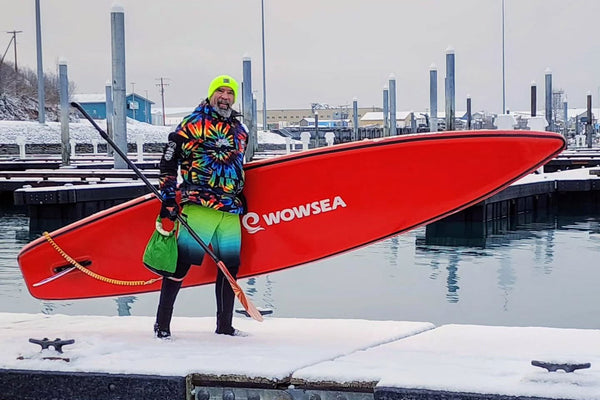
Tips for Keeping and Using Inflatable Paddle Boards in Winter
Let's talk about how to use and maintain inflatable stand-up paddleboards (SUPs) in winter. We’ll cover equipment checks, how to dress properly, choosing the right safety gear, and paddling techniques. With the right preparation and exploration, you can create unforgettable water adventure memories this winter!
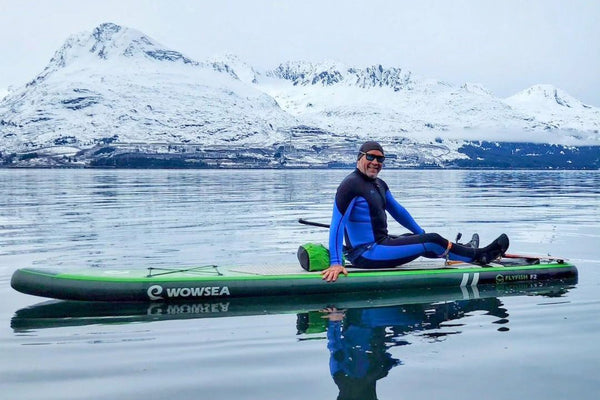
Cold Weather, Warm Spirits: Inflatable Paddle Boards' Winter Wonderland
By navigating icy waters on your inflatable board with a focus on safety, you can discover the profound silence and stark beauty of the winter waterways, all while keeping fitness levels high and spirits invigorated.
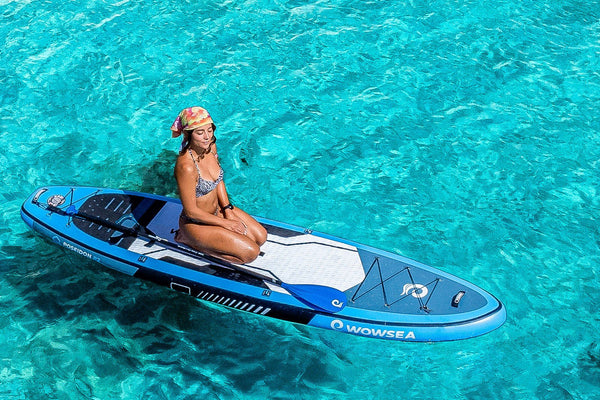
How to Incorporate Meditation into Your SUP boarding Routine
SUP boarding is not merely a recreational pursuit but a holistic journey—where the water becomes a canvas for meditation, and each stroke becomes a brushstroke in the masterpiece of mindful living.
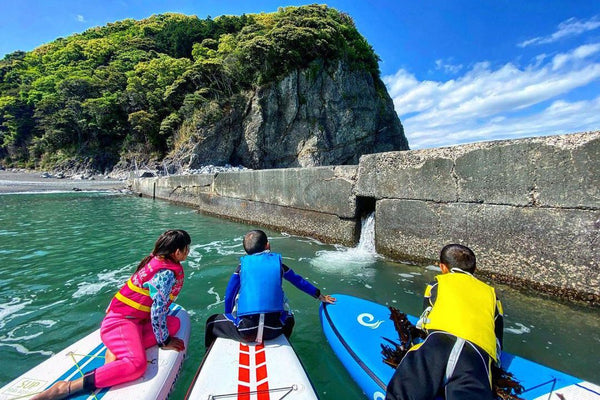
A Comprehensive Guide to Family Stand-Up Paddleboarding Adventures
From choosing the perfect board and accessories, overcoming challenges, and building confidence in young paddlers to capturing memories through photography and exploring family-friendly paddleboarding destinations, the WOWSEA SUP experience is rich with opportunities for bonding, learning, and creating cherished memories.
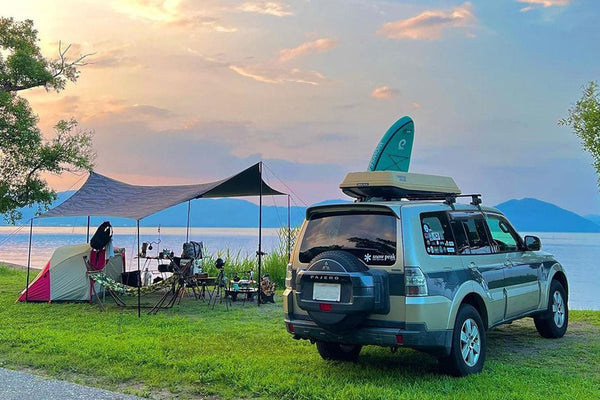
How to have an overnight Multi-Day SUP Trips and Camping (2)
The Complete Guide to Paddleboard Travel and Camping: Pack your gear, set up camp, and get ready to create lifelong memories on the water with WOWSEA SUP boards.
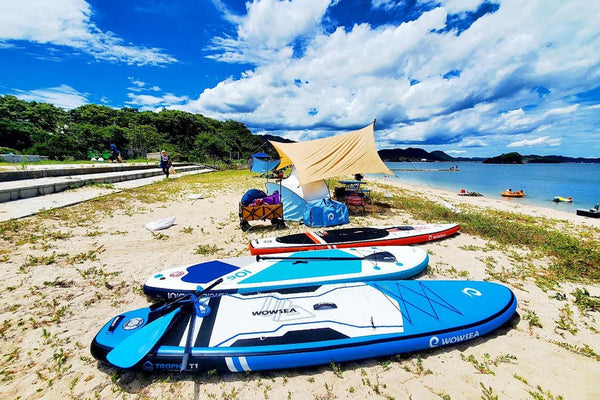
How to have an overnight Multi-Day SUP Trips and Camping (1)
The allure of multi-day trips and camping with SUP boards lies in the freedom to explore remote and untouched locations. This opens up a world of possibilities for adventurers who crave solitude, tranquility, and an intimate connection with nature.
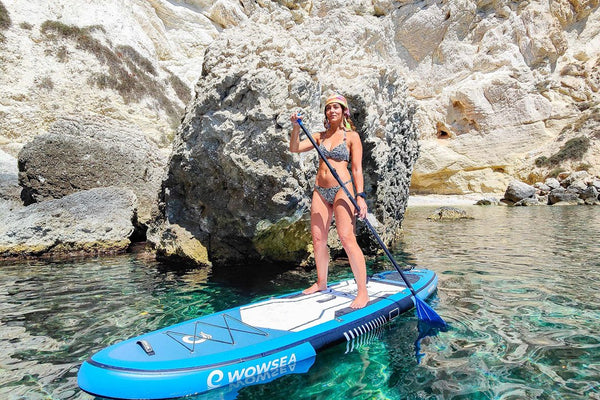
Exploring the Beauty of Nature with WOWSEA Inflatable Paddle Board: A Guide for Tourists
With the WOWSEA Inflatable Paddle Board, tourists can embark on unforgettable adventures and experience the beauty of nature in a whole new way.
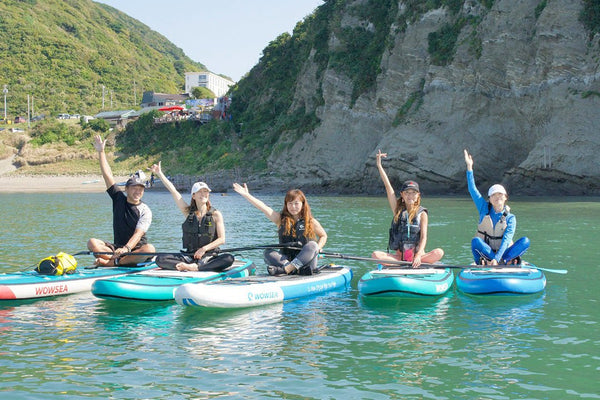
How to Paddleboard with a Group - Games and Activities
Group paddleboarding games and activities are a fantastic way to bond with others, have fun, and make the most of your time on the water. They provide opportunities for friendly competition, teamwork, and exploration, enhancing the overall experience of your paddleboarding adventure.

Share